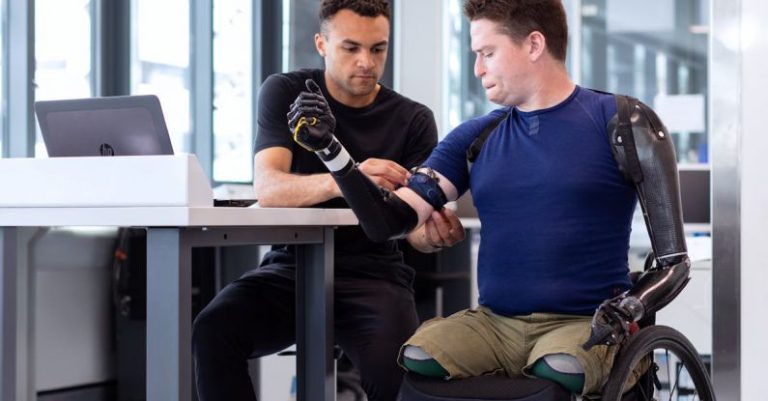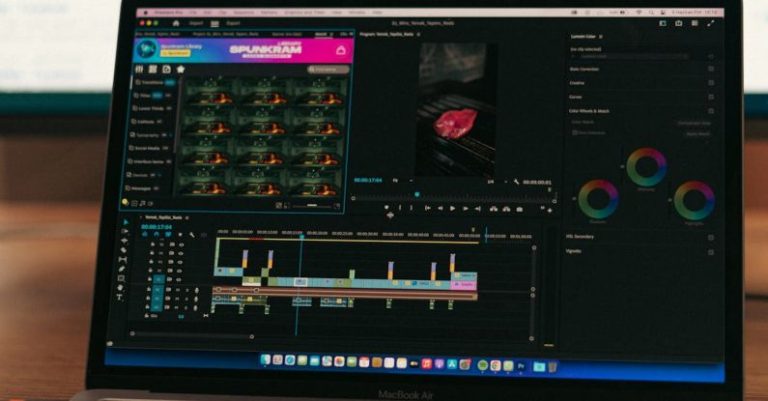Revolution in Transportation: the Hyperloop Concept
The Hyperloop concept has been making waves in the transportation industry in recent years, promising a revolutionary mode of high-speed travel that could potentially change the way we think about getting from point A to point B. Spearheaded by visionary entrepreneur Elon Musk, the Hyperloop concept envisions a system of pods traveling through vacuum-sealed tubes at speeds exceeding 700 mph, significantly reducing travel times and revolutionizing long-distance transportation.
The Vision of Hyperloop Transportation
At the core of the Hyperloop concept is the idea of creating a more efficient and sustainable mode of transportation that can rival air travel in terms of speed while offering the convenience of point-to-point travel. The vision is to build a network of tubes that would allow pods to travel at high speeds with minimal air resistance, resulting in faster and more energy-efficient travel compared to traditional modes of transportation.
Advantages of Hyperloop Technology
One of the key advantages of Hyperloop technology is its potential to significantly reduce travel times between major cities. With speeds exceeding 700 mph, a journey that would typically take hours by car or train could be completed in a fraction of the time. This could have a transformative impact on the way people commute and travel for both business and leisure purposes.
Moreover, the Hyperloop concept also promises a more sustainable mode of transportation compared to traditional methods. By using renewable energy sources to power the system and minimizing air resistance through the vacuum-sealed tubes, the Hyperloop could significantly reduce carbon emissions associated with travel, making it a more environmentally friendly option for long-distance transportation.
Challenges and Obstacles
While the Hyperloop concept holds great promise, there are several challenges and obstacles that need to be overcome before it can become a reality. One of the main challenges is the cost of building the infrastructure required for a Hyperloop system. Constructing the vacuum-sealed tubes and the necessary infrastructure to support high-speed travel can be a costly endeavor, requiring significant investment from both the public and private sectors.
In addition, there are technical challenges involved in ensuring the safety and reliability of the Hyperloop system. The high speeds at which the pods would travel pose unique engineering challenges, requiring advanced technology and rigorous testing to ensure the safety of passengers. Moreover, the need to maintain a vacuum environment within the tubes adds another layer of complexity to the system, requiring innovative solutions to prevent leaks and maintain operational efficiency.
The Future of Hyperloop Technology
Despite these challenges, the future of Hyperloop technology looks promising, with several companies and organizations actively working to bring the concept to life. Companies like Virgin Hyperloop and SpaceX are conducting tests and developing prototypes to demonstrate the feasibility of high-speed travel through vacuum-sealed tubes.
If successful, the Hyperloop concept could revolutionize the way we think about long-distance transportation, offering a faster, more sustainable, and efficient mode of travel for the future. With ongoing research and development efforts, the vision of Hyperloop transportation may soon become a reality, ushering in a new era of high-speed travel that could transform the way we move from place to place.






